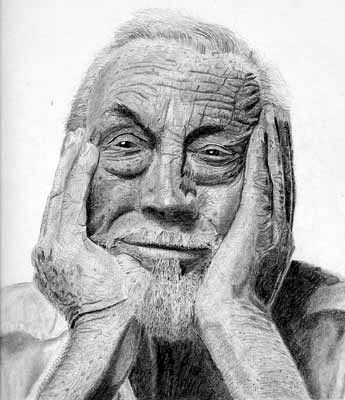Adventure
91
If you were to just read the title The Mission you might assume that it’s about Jean-Claude Van Damme being forced to enter an illegal underground martial arts tournament and eventually triumphing to earn his glory. But you would be wrong. That film was titled The Quest, which is close. And in fact approximately 5 years earlier when it first came out it was called Bloodsport. Instead though, The Mission is actually just a story about a Mission. Like, mission as in a place.

The epic grandeur of the movie The Mission is due a lot to the ridiculous beauty of South America, but its watchability derives a lot of its power from the performances of Robert De Niro and Jeremy Irons. They are both master actors and it shows here. Too often master actors are bored and so they get what they like to think of as … “creative.” If you need an example of this, look no further than Johnny Depp’s post Jack Sparrow performances whereby he tried to play Willy Wonka as Michael Jackson.

Its almost as if, for those whose talent comes naturally to them, they insist on their talent being something more than talent. In an effort to emphasize the level of hard work and determination they put into their jobs, Great Actors sometimes get a bit … how shall I say … weird. Both DeNiro and Irons have been known to do this. Because the script by Robert Bolt gives them both something to play, however, they don’t have time to create funny gerbil voices and the like. Both of them are “Method” actors but at least here it doesn’t hinder them this may also be due to the fact that it’s hard to make Jesuit priests glib and hip.

Robert De Niro plays a character who (almost justifiably) kills his own brother and is so torn up about it (even though his brother kinda had it coming), that he becomes a Jesuit monk. This would seem like punishment enough, but as even further punishment he has to hang around with Jeremy Irons for the rest of the movie. Also because the titular Mission is located atop the stunning Iguaza falls, De Niro (again as penance for killing his brother–who deserved it) must climb to the top carrying a heavy bundle of supplies. Much like Santa must do every Christmas.
One of the monks, played by the ever-awesome Liam Neeson, has pity on him and cuts it away from him as he struggles to climb the treacherous mountain pass. To his great astonishment De Niro just ties the bundle back on his back and continues to climb the mountain until he reaches the top where he is forced to enlist in an illegal martial arts tournament for the souls of the native children (not really).
He eventually develops a great rapport with the children in the mission and all seems peaceful until a messenger from the Vatican arrives and plans on closing their mission because of a treaty with Portugal. De Niro does not like this and because he has a shadowy pre-Jesuit past of running guns, he plans to stage a fight for the mission. This is probably the extent of the action that can be found in the film.
It was shot on location with stunning visuals supplied by the cinematographer Chris Menges who won an Oscar for his work. The music by Ennio Morricone is also one of the more well known pieces of film music out there if you get a chance give a listen to the track called “Gabriel’s Oboe” do so.

Strong visuals, an excellent musical score, and the ever-awesome Liam Neeson are all well and good, but they can sometimes pale in comparison to two men atop a mountain waterfall in the middle of the South American jungle attempting to defend a mission that has saved both of their lives.
Next up … ninety.








